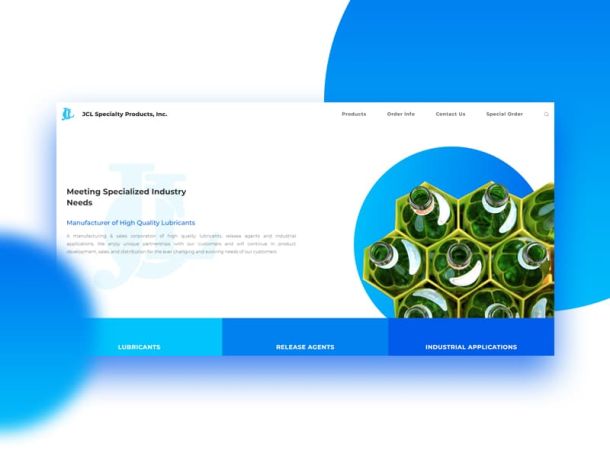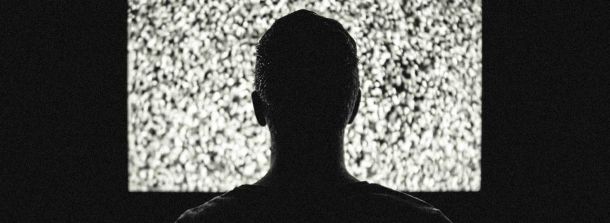Using Icons to Boost the Experience for the Visitor
![]() When it comes to the design of your website then clearly you want to make sure that each and every visitor has a positive experience from the moment that they land there. Now, there are a number of ways in which this can be achieved and we have previously looked at various important points that do indeed make a difference. However, there is one area that we have not looked at as of yet and it is something that is often overlooked. That something is the use of icons because, when used correctly, they can indeed boost the experience that your visitor has on your website.
When it comes to the design of your website then clearly you want to make sure that each and every visitor has a positive experience from the moment that they land there. Now, there are a number of ways in which this can be achieved and we have previously looked at various important points that do indeed make a difference. However, there is one area that we have not looked at as of yet and it is something that is often overlooked. That something is the use of icons because, when used correctly, they can indeed boost the experience that your visitor has on your website.
What are Icons?
First, a little explanation as to what we mean when we say icons when connected to a website.
If you look at a site and you see the Twitter symbol or Facebook symbol, then you are looking at an icon. You know instantly what they refer to and you also know what will then happen if you click on those icons, you will be taken to the relevant social media page.
However, icons are also used in other ways and you will recognize a number of them such as a telephone icon to refer to a contact number. Alternatively, people will often have an icon to represent an email address, or an actual physical address.
In other words, icons are small symbols that represent a link to either another page or a particular interaction or action.
The Benefits of Icons.
There are a number of rather useful benefits for icons.
First, they are very efficient at what they do. They are very good at telling people what to expect by using just one single graphic rather than you spelling it out for your visitors in words. It makes the page appear less cluttered, unless you overdo the use of icons, and it becomes very easy for things to just stand out from the crowd which can always be beneficial to you.
Also, icons can allow you to move people around the page as you want them to, but that all comes down to their placement rather than anything else. As they have a tendency to stand out from the page, it means that you can effectively force the eyes of the visitor to move around the page as you see fit.
Think of it this way.
Imagine if you are trying to sell something or promote your services or products on a page. Next, you will want people to take some kind of action whether it be to buy something or to contact you. Now, if they have to search for the way in which they do this, then they will be put off and will simply feel that they cannot be bothered. However, use the appropriate icon and it has been shown that people are more likely to then take the action that you want them to.
There is only one problem.
The problem is that you need to make sure that you not only do not use them too much, but also that people are aware of what the icons are representing. This is not a problem when you are dealing with an icon for the likes of Twitter or Facebook as those signs are global, but there is more to it than that.
What we recommend is that you only use icons that are accepted and understood in a global sense. No other icons should really be used or else you are gambling on people being willing to click on something that they do not understand.
The entire idea of icons is that they are supposed to make it easier for visitors to move around your website and navigate between links or pages. If you confuse them by using symbols that they are unaware of then you are more likely to chase them away rather than helping them. Striking this balance is important and that is where spending time talking to your web designer is going to prove to be rather useful. They can guide you as to the perfect placement, the best icons to use, and show how they cut down on unnecessary wordage that just makes the entire website appear to be messy. This in itself is important due to the fact that a clean cut website is always far more effective at getting your point across.
So, as you can see, when they are used in their correct manner then icons will indeed make navigating around your website and links a whole lot easier for your visitors. Also, they can be relatively unobtrusive which is always a bonus because having them getting in the way of carrying out various interactions would only serve to drive people crazy. Striking the balance between being useful and being annoying is certainly something that you need to resolve when you sit down and talk about this matter with your web designer.

